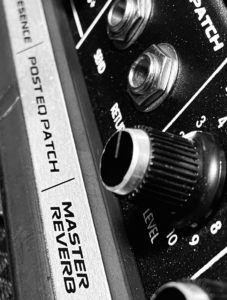As an Amazon Associate Playpedalsteel.com earns from qualifying purchases. This page contains affiliate links.
Pedal steel guitar is commonly known for its shimmering sounds and chord glissandos that the E9 neck can create, but many people don’t know how expressive the C6 tuning is for the instrument. It is perhaps just as significant and versatile as the E9 tuning, and the C6 pedal steel guitar tuning evolved from the lap steel’s more common six-string C6 tuning.
Once pedals and rods began to turn many console steel guitars into pedal steel guitars, the tuning of the pedal steel itself began to evolve. Over time, the steel guitar’s tunings transformed into the E9 and C6 tunings that are more commonly used by players today.
The E9 tuning is found on most single neck pedal steel guitars, however pedal steels that have two necks built into them (commonly called “double necks”) usually have a C6 tuning on the neck closest to the player and an E9 neck that rests furthest from the player’s body. The C6 tuning is known for its wide chord voicings, jazz and swing style playing, as well as providing creative possibilities that may not be found on the E9 neck.
Let’s take a closer look at the C6 tuning for pedal steel guitar…
The Tuning of the Strings & Notes
For a standard 10 string C6 tuning on a pedal steel, the open strings are usually tuned as follows:
| String # | Note Name (At Open String) |
| 1 | G or D |
| 2 | E |
| 3 | C |
| 4 | A |
| 5 | G |
| 6 | E |
| 7 | C |
| 8 | A |
| 9 | F |
| 10 | C |
Sometimes, the 1st string is tuned to a D note instead of a G note, which was further popularized by Buddy Emmons’ playing and copedent.
Essentially, the tuning is an open C major chord with a major 6th tone, or an A minor chord with a b7 note (an Am7 chord). The two lowest notes often function in a more harmonic sense, providing more low frequency notes for chord voicings that have extensions and/or wide voicings.
The major 6th tone that is inherent in the open major chord of the tuning has a “swing” or “Hawaiian” sound to it, that is often characteristic of jazz music as well. Most of the intervals between the strings are major or minor thirds, which makes it closer to the six-string guitar’s intervals of mostly Perfect 4ths in comparison to the E9 tuning (which has whole steps, thirds, and other intervals).
The C6 Tuning in Popular Music
The C6 tuning is less likely to be heard in many modern day recordings than the E9 tuning, due to the popularity of the E9 tuning among players. However, some great players have recorded and used the C6 tuning in noteworthy recordings, especially on older tunes.
Check out Buddy Emmons’ C6 playing on “Nightlife” by Ray Price, where the tuning provided jazzy sounding turnarounds to give the country artists’ album more of a “bite” and bluesier sound than many traditional country albums of the time. Also, some of Emmons’ C6 work with Redneck Jazz Explosion (as well as the Steel Guitar Jazz album) has paved paths for aspiring players to further the tuning’s expression in music.
Paul Franklin, Cindy Cashdollar, and Buck Reid are other notable C6 players to check out, who use the tuning (or variations of it) in neat ways. If you’re looking for fresh playing ideas on the C6 or E9 neck, then a quick listen to these players can provide inspiration.
How To Play the C6 Tuning
Just like the E9 tuning, learning the note names and the pedal/lever changes is a good starting point for getting acquainted with the C6 tuning. It can also be a good idea to begin learning common ways to play harmonized third and sixth intervals along the neck.
As you begin to explore the tuning, you’ll want to also tackle ways to play common chords and voicings, which usually involve the application of foot pedals and knee levers. Try to find ways to play major, minor, and Dom7th chords with root notes on the 10th, 9th, 8th, and 7th strings. This will ensure that you’re learning multiple voicings for certain chords along the neck, and will give you a way to begin connecting notes and scales between positions.
The C6 tuning lends itself well to single note solos, fills, and runs, without needing to use the pedals and levers to change notes. Because of this, learning scales in various positions and pockets on the neck can be a great way to add more depth and possibilities to your playing. Because of the intervallic layout of the C6 tuning, it is often more intuitive and natural to connect single note runs on the C6 neck than the E9 neck.
Learning the C6 Tuning and the E9 Tuning Simultaneously
If you own a double neck pedal steel, or choose to learn the C6 and E9 tunings simultaneously, then you may want to take into account the characteristics of both tunings as you learn them. You’ll probably notice that the E9 tuning is often more inductive of foot pedal movements to create notes and glissandos.
However, most things that are played on the E9 neck can be played on the C6 neck and vice versa. You’ll just need to do some digging and explore how to play certain things on each tuning.
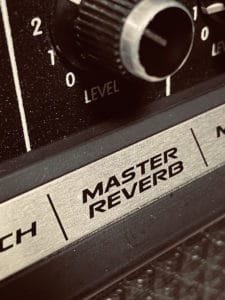
If you can learn something on the C6 neck, and then find a way to apply it to the E9 neck, you may be deepening your knowledge of both necks as you practice. Be careful not to spread yourself too thin though, as you want to be sure to thoroughly learn (oftentimes through repetition) something on one neck to be sure that it sticks in your mind and muscle memory. If you can do this, and also apply it to another neck, then you may have the best of both worlds.
E9 vs C6 Tuning: Which is Better?
The E9 and C6 tunings are equally versatile and expressive, they just have different characteristics and tonalities at certain points. So one is not necessarily better than the other, they are just different.
One tuning may be more conducive to certain techniques or styles of playing, but with some ingenuity you can usually achieve similar sounds on a different tuning. Some players will make a choice of what tuning they play based on how easy a tuning or copedent is to produce the sounds they’d like to make through the instrument.
If you’re going to be playing a lot of chord voicings that you want to fill up a lot of sonic space, then you may like the C6 tuning’s ability to play wide chord voicings with extensions by just the press of a pedal. However, if you like the pedal “bounce” sound that many classic country pedal steel riffs make use of, then you may want to engulf yourself with the E9 tuning’s three foot pedals and practice using these mostly.
In a more traditional sense, the E9 tuning is used for a “Nashville” type of country sound, while the C6 tuning is often used for more swing/Western/jazz types of country sounds. However, both tunings are highly functional and versatile for any style of music.
Thanks for checking out this page, hope it is helpful and makes playing more enjoyable! If you’re interested in diving deeper into playing E9 pedal steel, check out these resources and guides…
The Chord Guide for E9 Pedal Steel (E-Book, Digital Download)
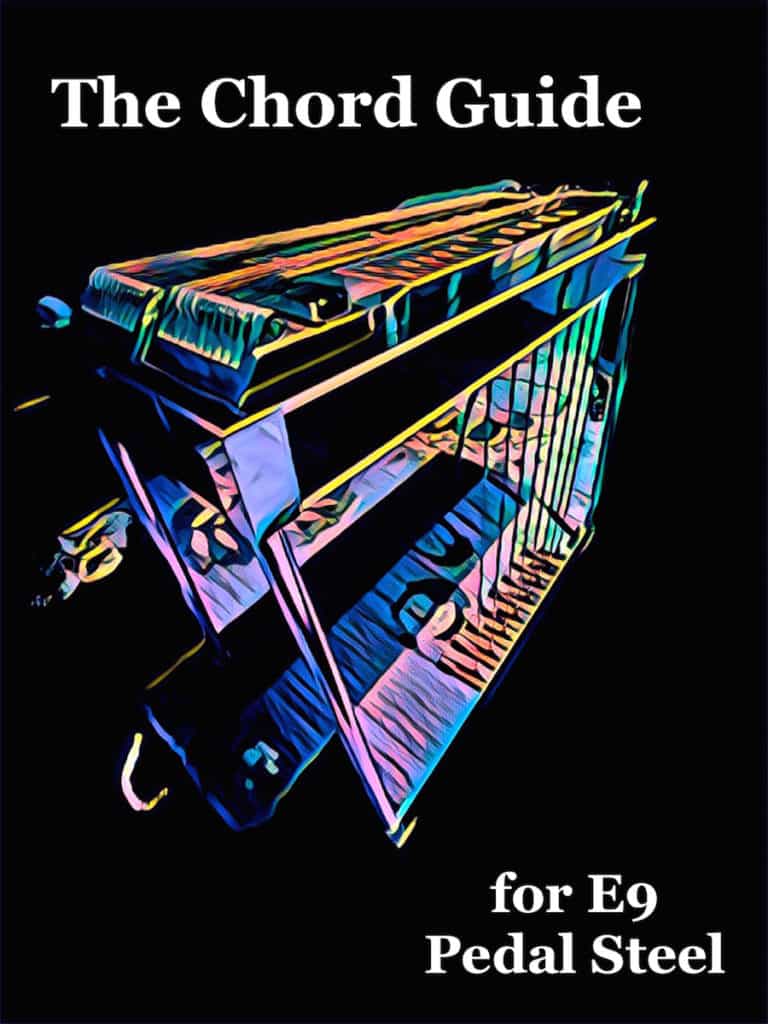
Learn the chords on the E9 neck in a way that makes playing simple and enjoyable…
- Almost Every Chord You’ll Ever Need for E9
- Intuitive and Easy to Use
- Make Use of Pedal and Lever Combinations
- Example Tabs of Chord Movements
- Easily Utilize the Nashville Number System
- Great For Any Key and Style of Music
Includes a bonus section of over a hundred pages of extra chord charts, key references, and more!
You may also like…
200 Country Riffs & Licks for E9 Pedal Steel
Add these country licks to your playing repertoire…
- Easy to Read Format
- Includes Rhythmic Notation
- Playing Over Chord Changes
- Great for Country, Alt-Country, & Honky-Tonk Styles
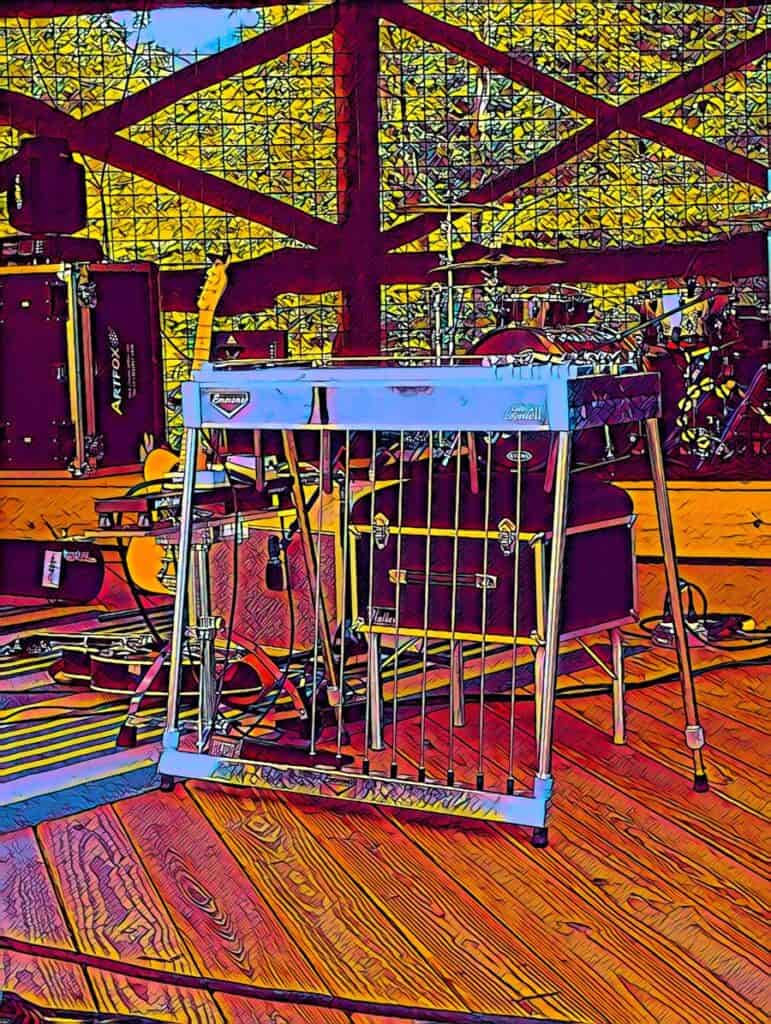
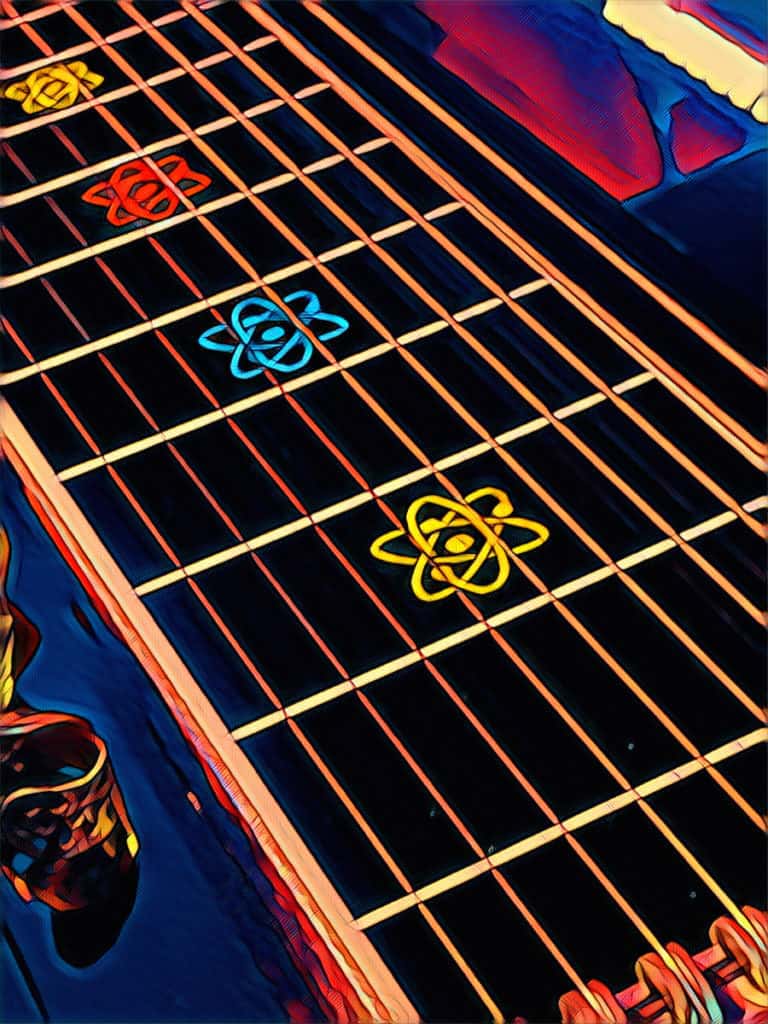
The Scale Book for E9 Pedal Steel
Over 1,000 Pages with Tabs and Diagrams!
- Easy to Use Reference for Practicing
- All Major and Minor Pentatonic Scales, Modes, Major Scales
- All Keys, and Covers the Fretboard
- Includes Pockets of Scales
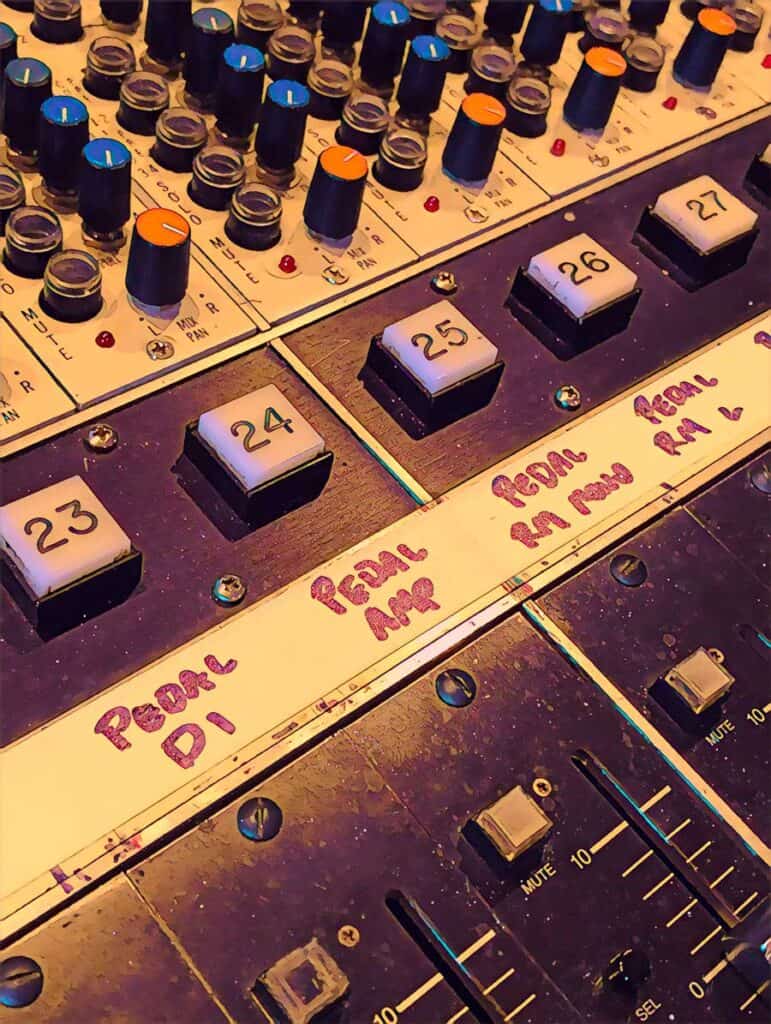
Harmonized 6ths
- Hundreds of Riffs, Licks, and More
- How To Play Sixth Intervals on the E9 Neck – Over Any Chord
- Utilizes The Pedals and Knee Levers

Right Hand Picking & Blocking
- An In-Depth Guide to Picking and Blocking
- Perfect Your Technique
- Includes Graphics, Illustrations, & Practice Exercises
